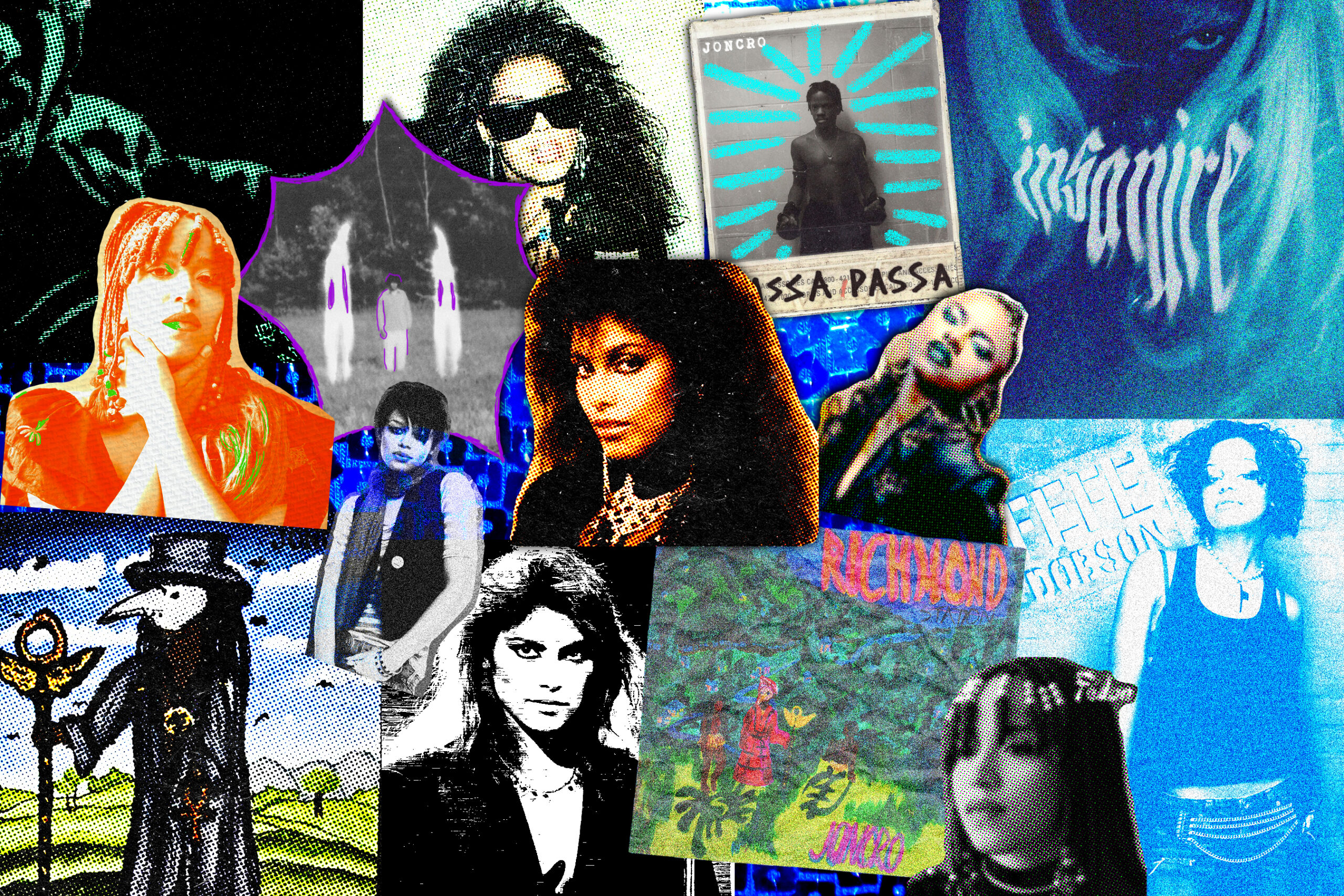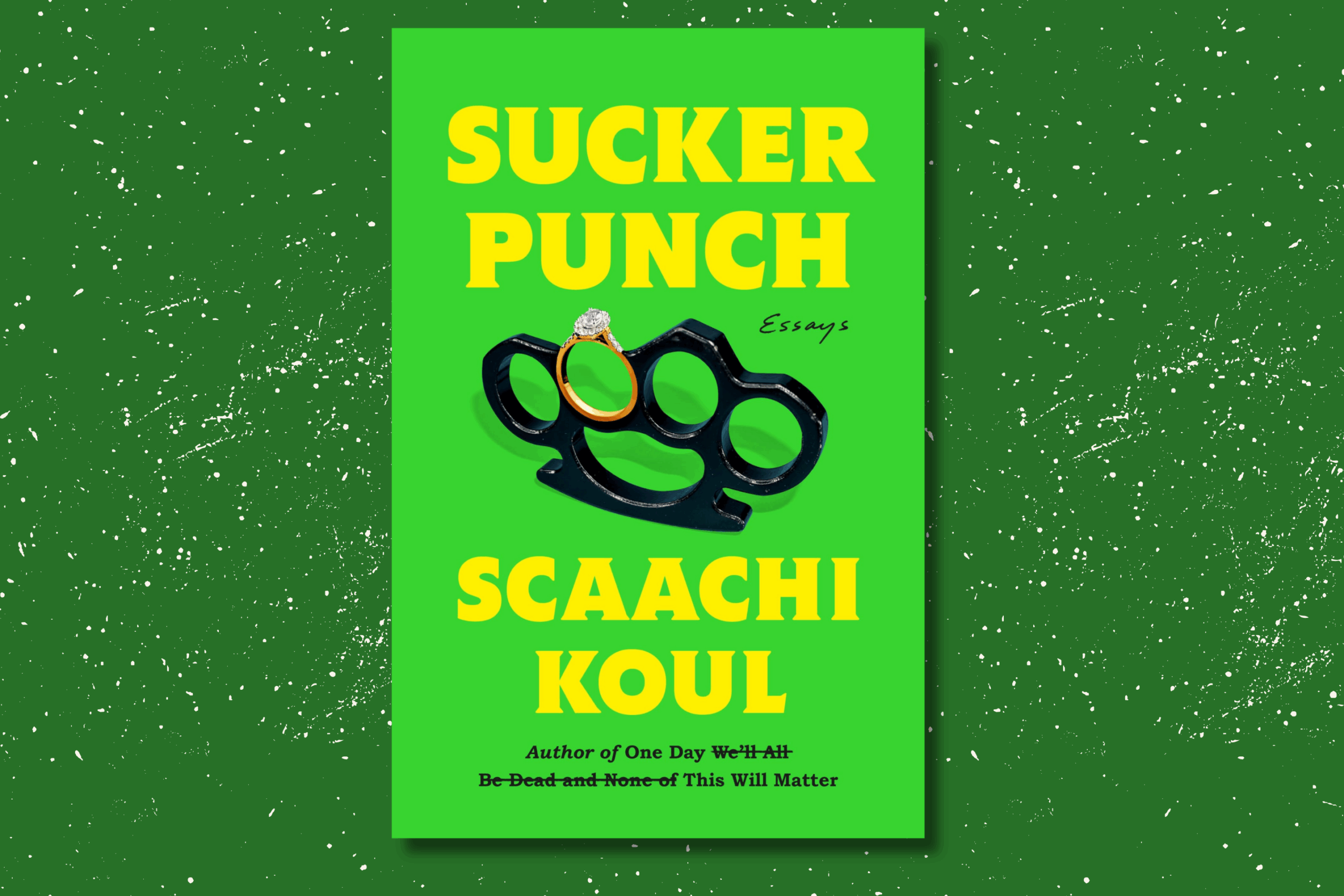Photo by Cezar Sampaio on Unsplash
By Mia Maaytah
During the past decade, the music industry has exploded into a haven of endless possibilities for both listeners and creators.
Music is anywhere and everywhere. To think of a song is to add it to a new playlist on your favourite streaming service at any time. To diversify your music taste is to Google the top songs in a different country. To be an artist is to rent a microphone and bravely upload your song to the internet.
In 2010, music was what seemed like a limited commodity. Radio stations played the same selections of songs, artists released music on a specific date only to be available on CD and streaming services were still full of questionable pop-up tabs and basement musicians.
The 2010s featured iTunes, where songs were all too expensive, and Blackberry cell phones, where songs still displayed that familiar .mp3 at the end of each song title found on illegal downloading services.
Pop-stars ruled the radio stations, focusing their lyrics on drunken nights out with friends, the highlights of love and vengeful heartbreak. Profanity was censored, music videos were mainly modest and the most famous celebrities in the industry seemed to represent this unattainable Hollywood dream.
In 2020, music screams anything but conservative. Censorship of language on popular streaming services such as Apple Music can easily be turned on and off, Youtube — the mecca of music videos — displays all sorts of nudity and frisky portrayals and hip-hop has completely dominated the industry.
Demographic Change and Broken Barriers
In recent years, the stereotypes and demographics of who listens to what music has evolved radically.
Ten years ago, music was organized into appropriate gender and age-specific categories. There was the appropriate sound for young children, for youth and high school attendees, and then that of uncensored radio tunes for adults. Women often made music for a female audience, the men for the men, and bands for the angsty young adults who didn’t know where they fit in.
Audiences were also stereotyped depending on what music they listened to and when. Some artists made their music specifically for clubs and partygoers, some for low-income high-minority communities and some for the classic good-girl getting over a breakup.
However, in the present day, music has become much more fluid. Genres are typically not specific to any type of lyric or certain message, nor are they specific to any type of crowd. Even radio stations have opted to play mixed playlists ranging from trap music, to slow acoustic jams, to songs that are just about sex.
Due to the freedom of streaming services, there are no longer any restrictions for what age can listen to what lyrics. The demographic streaming rap songs specifically, some with violent language and sexual lyrics, have gotten younger and has abolished the idea of a specific audience.
In the article, “SoundCloud rappers: this is who your teens are listening to,” Matt Teffer, journalist and production editor with The Australian Financial Review, explains that in 2017, hip-hop has become the most popular genre of music for the first time in North America.
Due to the copious amount of free streaming websites, teens are being exposed to explicit content at a younger age than before, and this is causing a social pressure amongst them.
Topics such as sex have become more popular in lyrics, and the message within popular songs has become a concern for parents.
“Well, for one thing, it’s giving them the wrong impression about their peers’ sexual behavior,” Varda Epstein, the editor in chief of Smarter Parenting Teens Blog said. “Teens tend to think their friends are engaging in more sexual activity than they actually are.”
“Meanwhile, adolescents are at risk for contracting sexually transmitted diseases such as genital herpes, for instance. They are also at risk for teenage pregnancy,” Epstein wrote.
Increase of Drug Reference and Violence
As audiences have become younger and more resilient to the changes in music, they have also become more accepting of many of their favourite artists’ habits.
It is no secret that many popular singers dabble in casual drug and alcohol use, yet, as audiences continue to endorse these dangerous lifestyles, those in the industry may be fighting a losing battle when they try and seek help.
Rappers such as Juice WRLD, who died in 2019, Mac Miller, who died in 2018, and Lil Peep, who died in 2017 all accidentally overdosed. Miller, who was 26 at the time, and Juice WRLD and Peep who were both 21, were rising stars in the music industry, and whose lyrics explained their excessive drug use all while glamorizing them behind catchy chorus’ and clever beats.
In a 2017 interview with Pitchfork, Peep spoke on his depression and how relying on drugs to contain his mind was portrayed in his music as a way of coping, but that it would only lead to more dangerous thoughts.
“Some days I’ll be very down and out, but you won’t be able to tell, really, because I don’t express that side of myself on social media. That’s the side of myself that I express through music,” Peep told Pitchfork.
Rap Music and Substance Use: Addiction and Mental Health, an article written by Matt Gonzales, includes a 2008 study done by the University of California, Berkley comparing drug references in music from the 1970s to that of today’s music, and concluded that the mention of drugs has increased by 66 per cent.
The article stated that this encouragement of substance reference in music has made impressionable listeners normalize their own drug consumption.
“Motivating factors for young people include esteem, respect, power, control and sex,” Eric Beeson, a certifi
ed counsellor told Gonzales.
“When drugs and alcohol are paired with those factors, that’s when influence transforms a bit more.”
Listeners have also been exposed to a sense of violence portrayed in their favourite artists’ music. In many popular radio songs, rappers discuss murder, death threats and a mass collection of weaponry.
In 2018, popular rappers such as XXXTentacion and Canadian rapper Smoke Dawg were both shot and killed unarmed in public.
However, music containing lyrics involving violence does not influence audiences as much as drug references do.
A recent study done by Royal Society Open Science concluded that those who listen to music are not desensitized to violent acts. They stated that if someone’s favourite genre is hardcore rap or if the genre only comes on casually, the reaction to violence in the real world remains equally as shocking and disturbing for all listeners.
Increase of Opportunity
In 2010, the music broadcasted on Canadian radio stations had been professionally recorded in reputable studios around Hollywood, and the majority of the singers were signed to major labels.
The music industry was monopolized, with big names such as Lady Gaga, Taylor Swift, Drake, and Adele dominating album sales, overplayed singles, and winning multiple awards.
Now, stardom can come from anywhere and thrive on any platform. With online platforms like SoundCloud, social media apps and YouTube, music-lovers are able to enjoy and create original content free of charge.
In 2016, a five-time Grammy winner, Billie Eilish, began her professional music career by producing music with her brother in their childhood bedroom and uploading their tracks to SoundCloud.
Many others have risen to fame using the same techniques as DIY music creators in home studios.
The ability that listeners have to share and find new music has also substantially increased. Algorithms on popular streaming services have allowed for a personalized music experienc, recommending new songs, offering shared playlists, and finding new, international artists at the touch of a button.
For both listeners and creators, the music industry continues to grow and recognize talent regardless of status, gender, sexuality, race, or ethnic region.





